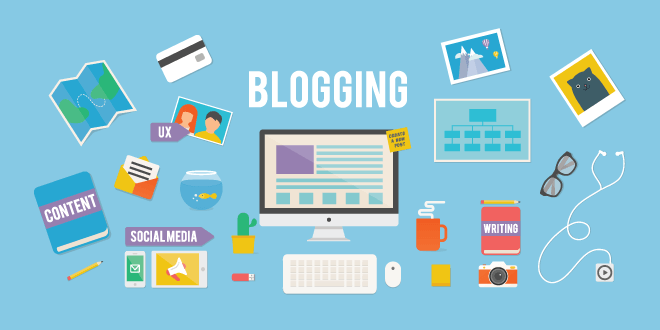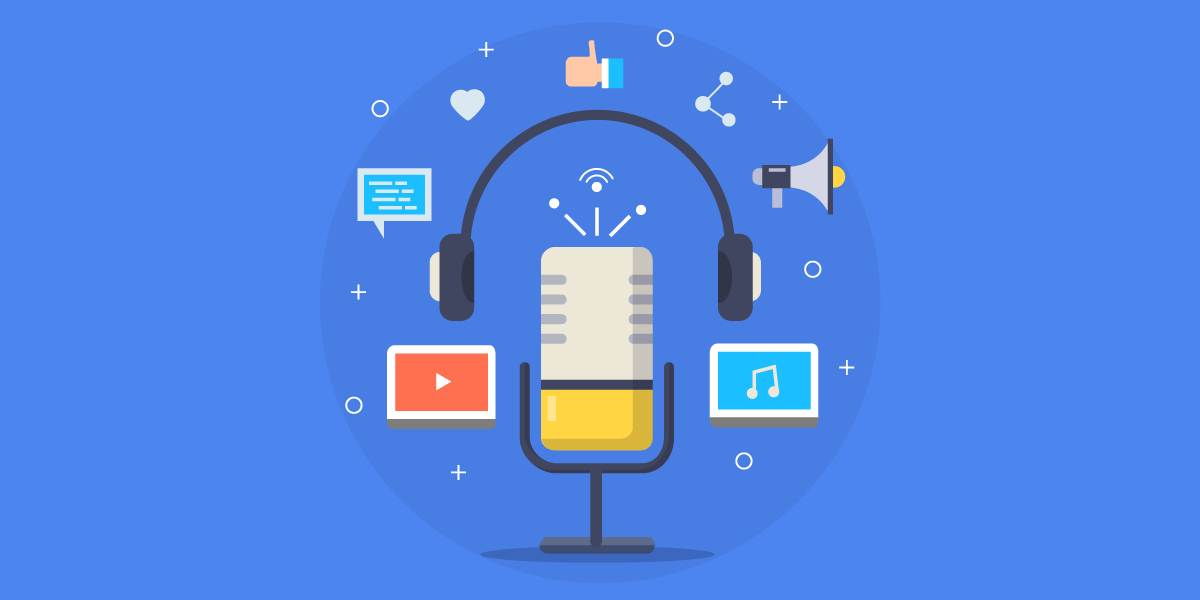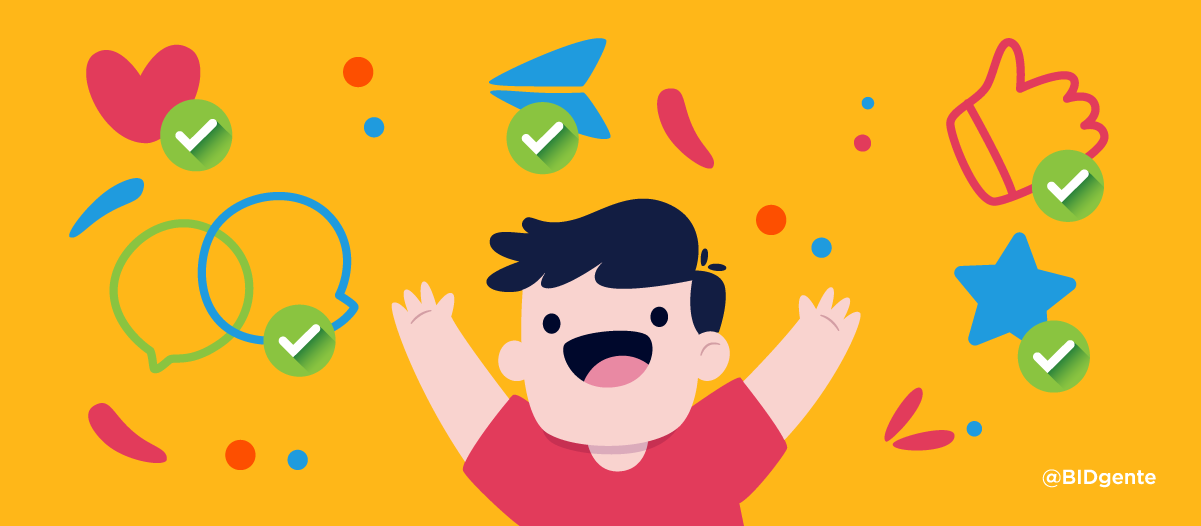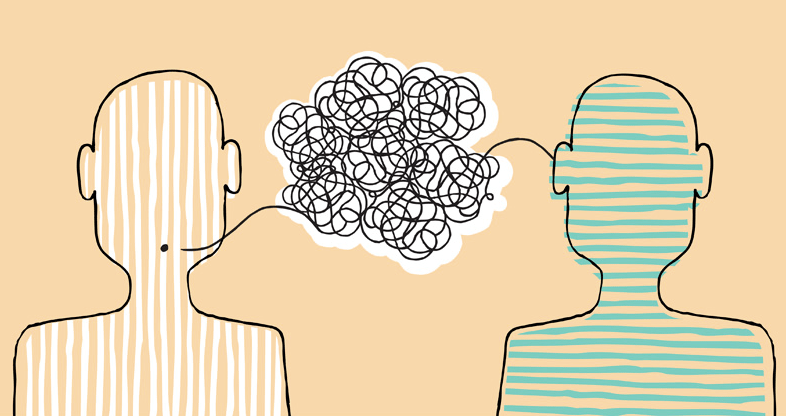
T E A C H I N G L I S T E N I N G
According to Oxford Living Dictionaries, to listen is to give attention to sound or action. When listening, one is hearing what others are saying, and trying to understand what it means. The act of listening involves complex affective, cognitive, and behavioral processes.
 It is believed by many scholars that listening comprehension has been neglected in the contemporary era in language teaching.
It is believed by many scholars that listening comprehension has been neglected in the contemporary era in language teaching.
Vandergrift and Goh (2009) argue that listening comprehension in second and foreign language teaching found its substance during the communicative language period, in which language is used for face-to-face communication by having listening comprehension as part of its foundation.
The main goal of teaching listening is to enable our students eventually to cape with the natural listening situation that they are most likely to encounter in real life
Pre-listening
For a time, teaching listening was mainly focused on listening itself rather than teaching different strategies to apply in successful comprehension of spoken language.
language. Later on, the pre-listening stage was added to teach listening in order to activate prior knowledge.
This pre-listening stage help to our students to prepare for what they are going to hear, and this gives them a greater chance of success in any given task.
There are some activities that are used to activate schemata of our students, for example:
- Brainstorm: It generate large number of ideas bases on a topic or a problem.
- Visuals: It can help activate the schemata relating to works, any theme and any type of listening passage, for example show Slides or flashcards.
- Realia: They are used to strengthen students' associations between words for common objects and the objects themselves.
- Situations: It can be certain situations in scrips
- Mind map
- Discussion questions
- Gap fill

Pre-teach vocabulary
Pre-teaching words give students confidence as well as potentially useful information
about the topic.
We need to consider:
- The time to teach the words.
- Check the students grasp the concept.
- The number of words to be pre-taught (four words)
Thing to avoid during the pre-listening
- Don’t let the pre-listening stage drang on.
- Don’t give away too much information to the students.
- Don’t do a listening before the listening.“Never say anything yourself if students could say it for you”
- The pre-listening activity must be entirely relevant to what they will hear
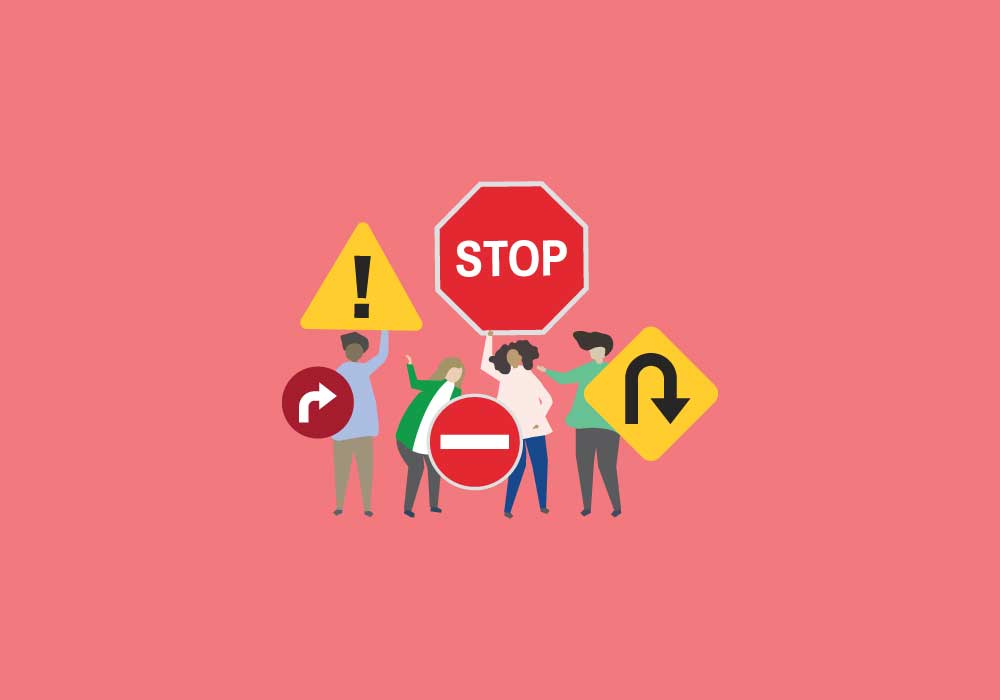
In summary, we can help students comprehend what they hear by activating their prior knowledge.
Furthermore, research in foreign languages show how teaching listening comprehension has been conducted in two main frameworks of bottom-up and top-down approaches.
Bottom up
It means using the information we have about sounds, word meaning, and discourse markers like "first", "then", and "after that" to assemble our understanding of what we read or hear one step at time.
It means using the information we have about sounds, word meaning, and discourse markers like "first", "then", and "after that" to assemble our understanding of what we read or hear one step at time.
- There is Bottom up when there is an enough understanding of lexical items.
- Listeners will be able to use their contextual knowledge to comprehend the input.
- It focuses on helping learners develop critical perception skills”
Top-down
The top-down aspect of listening comprehension can be defined as helping learners understand the nature of listening comprehension in order to become more independent in applying strategies (Goh,) In the top-down approach, promoting learners’ metacognitive awareness is the key aim.
Metacognitive knowledge in top-down processing refers to the learners’ understanding of the ways in which different features act and cooperate.
In other words, it means using our prior knowledge and experiences; we know certain things about certain topics and situations, so use that information to understand.
While-Listening
The while-listening stage is where students listen and do a task. Many coursebooks feature tasks, such as listening for gist, listening for main ideas, making inferences, and summarizing. Assigning a task can help students focus and develop important strategies for language learning.
Underwood (1989) explains that the goal of while-listening tasks helps the learners understand the messages of the listening text, in this phase the activities recommended are listening for gist or detail, inferring, and others.

The post-listening task is the stage where you take them beyond the listening text, and use it as a springboard for further language practice, the post-listening activities allow for recycling and further activation of vocabulary and structures as long as they are interesting and engaging and are carefully thought out.
Houston, H. (2016). TEN PRE-LISTENING ACTIVITIES. 2020, de EFL Magazine. (https://www.eflmagazine.com/ten-pre-listening-activities/)
While-Listening
The while-listening stage is where students listen and do a task. Many coursebooks feature tasks, such as listening for gist, listening for main ideas, making inferences, and summarizing. Assigning a task can help students focus and develop important strategies for language learning.
Underwood (1989) explains that the goal of while-listening tasks helps the learners understand the messages of the listening text, in this phase the activities recommended are listening for gist or detail, inferring, and others.

In this stage, be specific about what students need to listen for. They can listen for selective details or general content, or for an emotional tone such as happy, surprised, or angry. If they are not marking answers or otherwise responding while listening, tell them ahead of time what will be required afterward.
Ideally the listening tasks we design for them should guide them through the text and should be graded so that the first listening task they do is quite easy and helps them to get a general understanding of the text. Sometimes a single question at this stage will be enough, not putting the students under too much pressure.
Post -Listening
Underwood (1989) describes the post-listening task as an activity that is realized after the listening, joining all the work performed, the activities can be a summarizing, discussions, creative responses and others.
- Check and Summarizing, ask student to summarize the information they heard, this can be done orally or in writing.
- Discussions, ask students to have a short discussion about the topic.
- Problem Solving
- Deconstructing a Listening Passage
- Disappearing a Listening Passage
- Writing a Short Dialogue
Practical suggestions of new ways to teach listening.
- Use plenty of recorded material.
- Prepare the learners for listening by setting the scene, introducing the characters, pre-teaching vocabulary etc.
- Before the learners listen, set a listening task which directs them to an overall 'gist' understanding of the passage.
- Check the answers to this task, playing the recording again if necessary.
- Set a further task, or tasks, which direct learners to a more detailed understanding.
- Only use the tapescript (if there is one!) as a last resort.
- Make the recording, and the tasks, as 'authentic' as possible.
Example of a lesson plan of teaching listening
References
Houston, H. (2016). TEN PRE-LISTENING ACTIVITIES. 2020, de EFL Magazine. (https://www.eflmagazine.com/ten-pre-listening-activities/)
Lim, K. (-). Teaching Listening. 2020, de Colorado State University. (https://writing.colostate.edu/guides/teaching/esl/listening.cfm)
Houston, H. (2016). THE THREE STAGES OF A LISTENING ACTIVITY. 2020, de EFL Magazine (https://www.eflmagazine.com/the-three-stages-of-a-listening-activity/)
Brown, S. (2006) Teaching Listening. Cambridge University Press.
Marks, J. Methodology: New Ways to Teach Listening. One Stop English. (http://www.onestopenglish.com/methodology/ask-the-experts/methodology-questions/methodology-new-ways-to-teach-listening/146394.article)
Orestes, V. (2016). Factors to Consider When Teaching Listening Comprehension in the EFL/ESL Classroom, de MEXTESOL JOURNAL (https://mextesol.net/journal/index.php?page=journal&id_article=1692)

